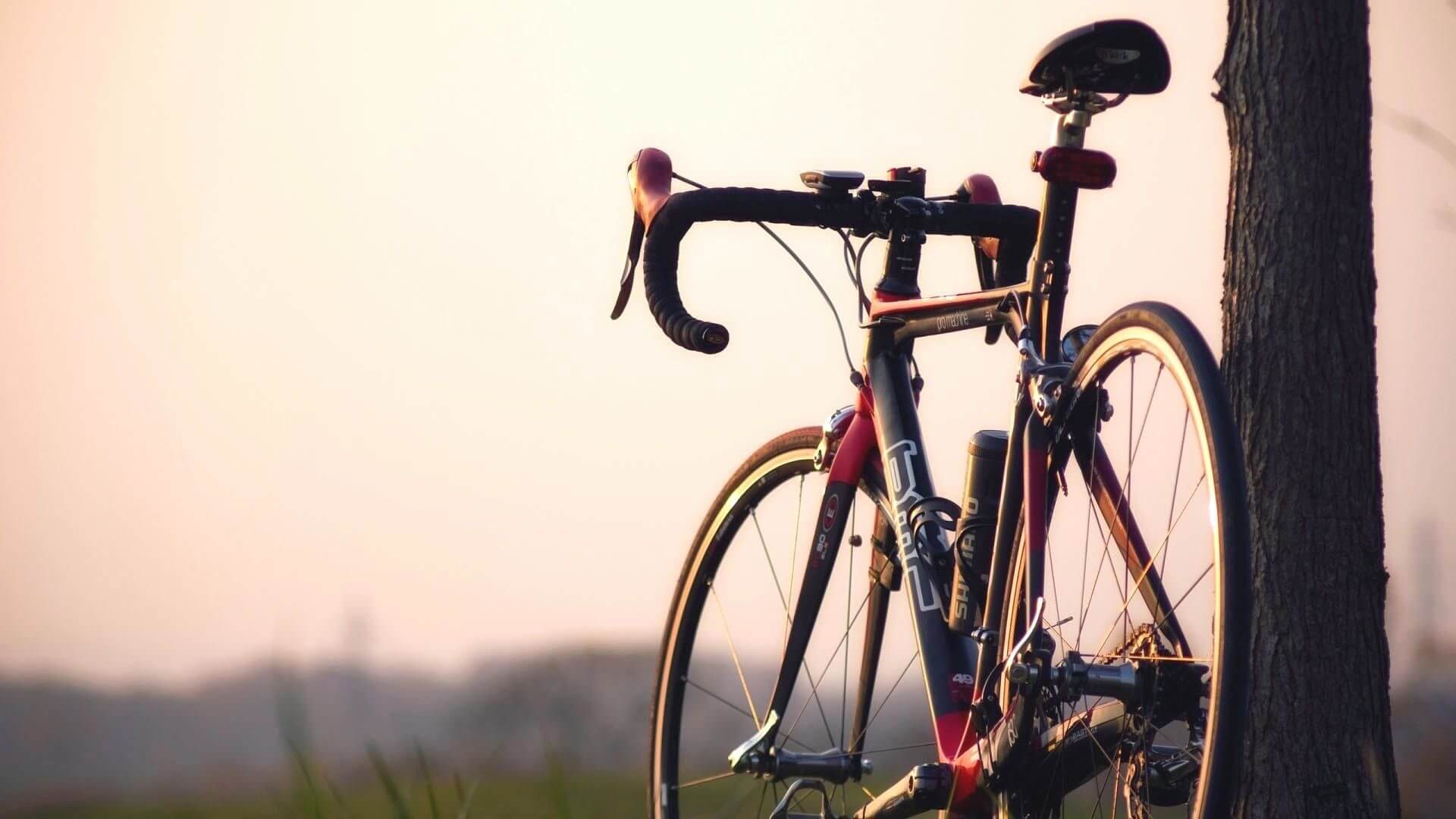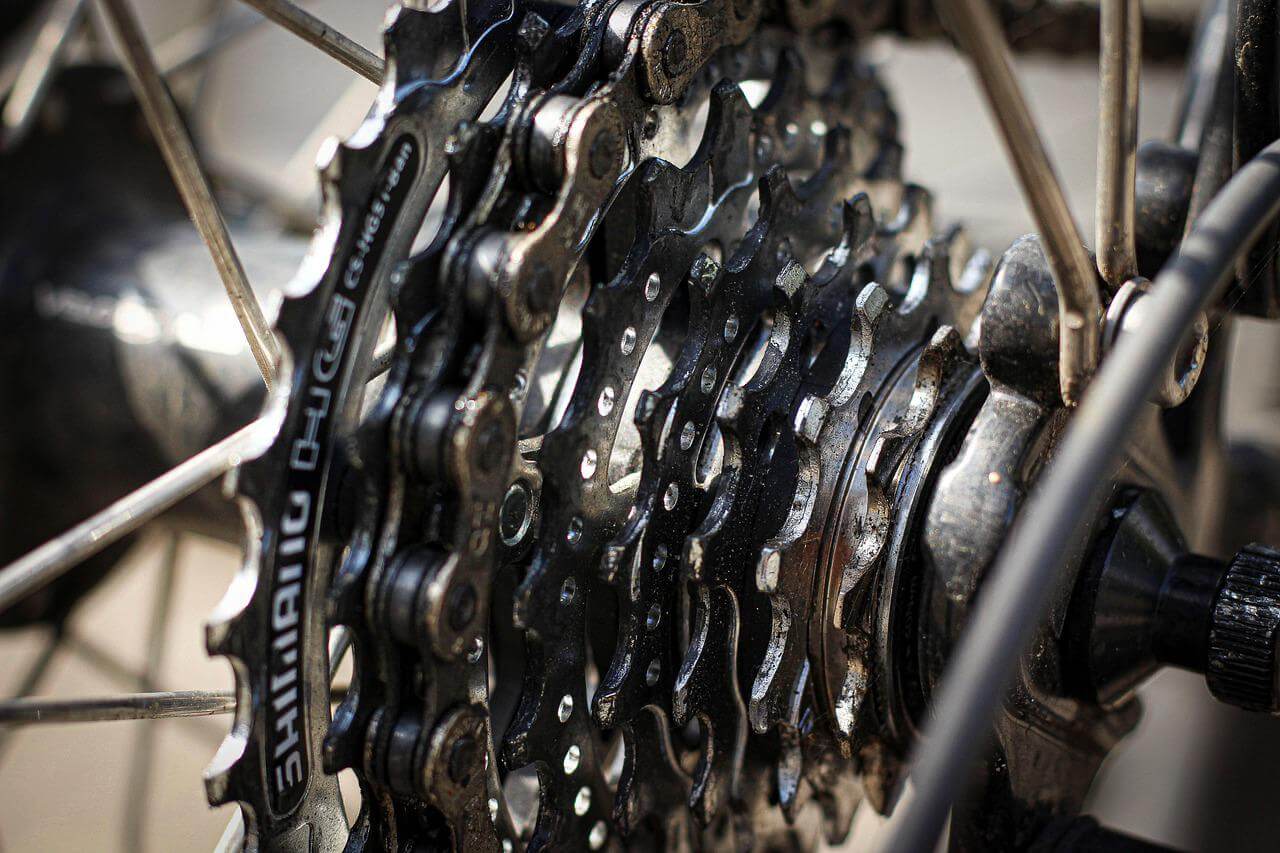There are a number of myths and misconceptions about cycling, however, the truth is that; the more you ride the longer you live. Few are aware of the fact that cycling has the ability to turn every soft tissue into hard muscles over time.
But sometimes, cycling can cause aches and injuries which may turn out to be severe if ignored. The ideal thing to do in such a situation is to pay a visit to the doctor.
Here’s a look at some common cycling ailments often complained of-
Hand pain:
Causes and symptoms:
This pain is not only due to the pressure exerted on your small finger and the ring finger because of your body weight but also due to the vibrations and hits one has to face from the road through the bar.
Moreover, maintaining your position with constant pressure can lead to reduced blood flow leaving you with a tingling sensation or numbness in the hand. This usually occurs due to a monotonous posture maintained for a long period of time.
Treatment and prevention:
If you are going through this common cycling ailments it’s time to redistribute your weight on the saddle. Use of gel padded gloves or gloves with proper padding can help reduce the numbness to a great extent. It’s advisable you loosen your grip and free your hand for a few seconds to allow blood flow. You also get better grips and bar gels which can prove to be of great advantage.
Neck pain:
Causes and symptoms:
This kind of common cycling ailments arises due to increase in muscular tension. The top three joints in the neck allow movement of the head while the lower joints and the upper back provide a support for the head to rest on. If these muscles are affected then the muscles tighten and causes pain.
Muscles known as deep neck flexors are responsible for holding your head up. But when they get tired, the trapezius muscles which rise from the base of your skull to the shoulder as you lean forward on your bike are strained. The aches and pains increase when these muscles get fatigued.
Treatment and prevention:
Neck exercise has been beneficial for the treatment of aches and pains. These exercises strengthen the muscles. You can even change your posture on the bike. Road bikers can change position by holding from the drops to the top regular bar.
The Mountain bikers or hybrids can install end bars which give you an additional position to hold on to as you ride. Trust me, they make a big difference. See to it you don’t bend your head too low. Fixing your saddle height or the height of your handlebar can straighten your ride and also reduce the pressure on your back.
Back pain
Causes and symptoms:
It’s next to common cold in the list of common diseases. The back is made up of bones, joints, muscles, ligaments and tendons. All these structures together, help us stand erect. The human body has evolved over the years, in the same manner, to act against the forces of gravity and the vibrations as we ride. The muscles are balanced in the
standing position but while cycling some muscles are stretched out a lot more. These muscles, if thus stretched for longer periods in the same posture lead to the overstraining of tendons and ligaments and causes back pain.
Treatment:
Back exercises are often the best remedy. It’s better to consult a doctor though instead of relying on self-medication. Stretching is another alternative to prevent back pain and keep your muscles flexible. It is advisable you stretch before cycling. While riding, keep switching your positioning and take breaks at certain intervals.
Knee pain
Causes and symptoms:
Cycling can be the cause of knee pain. A common ailment known as the Patellofemoral Syndrome is when the back of the kneecap rubs against the femur repeatedly. This rubbing results in the grinding of the smooth cartilage of the kneecap as well as the femur.
Causes:
Overuse of the knee- particularly at times of increased training. Some people have a slight problem in the alignment of the knee. The kneecap needs to glide over the femur and not rub. This can be due to muscle overuse of the knee- particularly at times of increased training. Some people have a slight problem in the alignment of the knee. The kneecap needs to glide over the femur and not rub. This can be due to muscle imbalance (one muscle pulled more than the other). Overuse of the muscle If you are flat-footed. Moreover, the sole needs to be springy and not hard. Injury to the knee can be caused due to other sports like running etc.
Symptoms:
A thick fibrous strap of tissue runs from the lateral thigh from the pelvis to just below the knee. This band helps stabilize the knee while doing activities like running and cycling. The knee moves back and forth which cause it to bend and straighten resulting in one of the common cycling ailments. This is the point where inflammation can occur over a period of time. This syndrome is responsible for lateral knee pain. Its symptoms include swelling or thickening of tissue in the area where the band moves over the femur.
It gives a stinging sensation just above the knee joint and is felt on the outside of the knee or along the entire length of the iliotibial band. Pain may not occur immediately during activity but may intensify over time. Pain is most commonly felt when the foot strikes the ground.
(1) Causes: Positioning the feet “toed-in” to an excessive angle when cycling, inadequate warm-up or cool-down, muscle imbalance or excessive uphill and downhill running
Treatment and prevention:
Avoid strenuous use of the knee. For acute IBT one can imply the RICE method.( i.e rested, iced, compressed and elevated). This will reduce pain and inflammation. A session of stretching can also be of great help. A massage can help relax the muscle.
Ultrasound has often been used to relax the muscle and so have steroid injections. Some severe cases may require surgery to immobilize the band. In most cases it is advisable to go visit the doctor or a physiotherapist.
(2) Causes: Right Float Foot position also can be a cause of pain.Too much float can be dangerous. Most of the cyclists should be comfortable with a float of 4.5. While no-float pedals can cause damage, your cleat angle should mirror the natural angle of your heel. The pedal float is important because of the impact on the joints especially the knee. These common cycling ailments also impact your performance.
Treatment and prevention:
For beginners, it is advisable not to jump on to harder gears. It might harm your knees and ligaments. Pedal in circles and see to it that your knee is not protruding outside or inside.
Hip pain:
Causes and symptoms:
This pain is caused mostly due to overtraining. Muscles and tendons can get overused in this process. Age also determines the damage. The hip consists of a ball and socket joint, in which there is a cartilage which helps reduce the friction whenever we use the hip. With overuse, these muscles and tendons can get inflamed and cause pain. The pain can disappear with regular strengthening exercises and stretch.
Pain in the groin, hamstrings, hip flexors, gluteals and quadriceps may also be observed.
Treatment and prevention:
It is important to recognize the pain and treat it in order to prevent common cycling ailments. Moreover, bike fit is critical as it can reduce your performance. You need to slowly and gradually increase your workout frequency and intensity. Do not overtrain. Every cyclist should use cycling shorts with gel padding which will reduce the spanking to a greater extent.Yoga can be handy too.
Other options such as cross training, jogging and circuit training come in handy and help in the long run. These steps not only help in improving fitness but also core strength.
Have you faced any of the above-mentioned common cycling ailments? Comment and let us know!
Editor: Tracy Alvares







